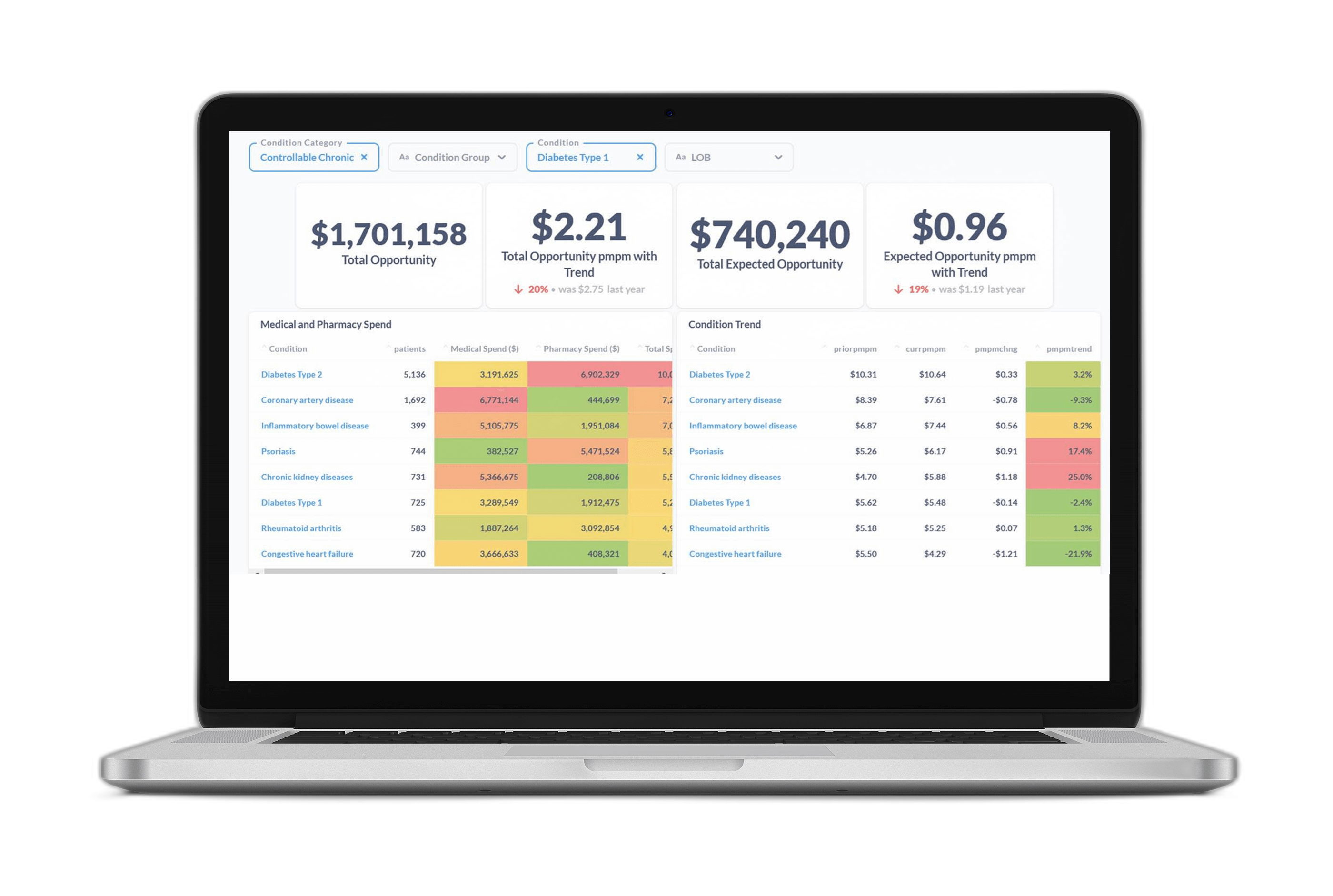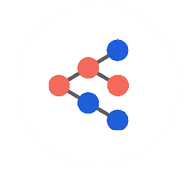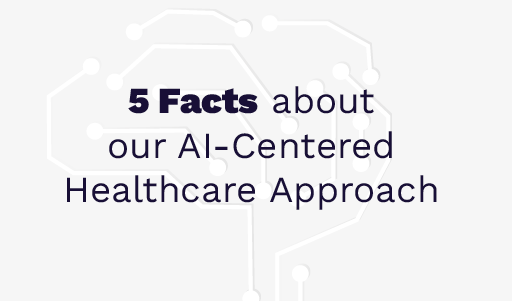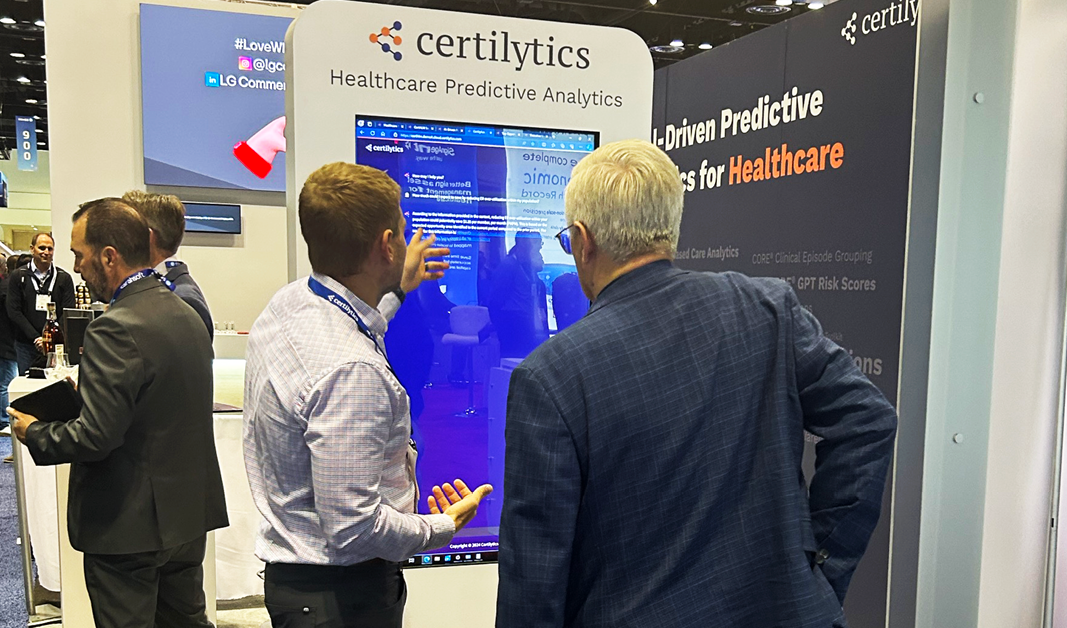BrainstormAI® is designed to keep major health plans, PBMs, government entities, and provider health systems who are responsible for billions of dollars in annual expenditures at the forefront in applying machine learning and AI tools.
Certilytics recently released the Sub-Population Algorithm, which calculates the financial impact of closing Gaps In Care (GIC) for specific, comorbidity-based sub-populations. This model allows clinical care management resources to be assigned to prioritized patients based on the potential impact of specific clinical interventions. Closing GIC deviations from evidence-based best practices is widely regarded as a key step in achieving improved clinical and financial outcomes.
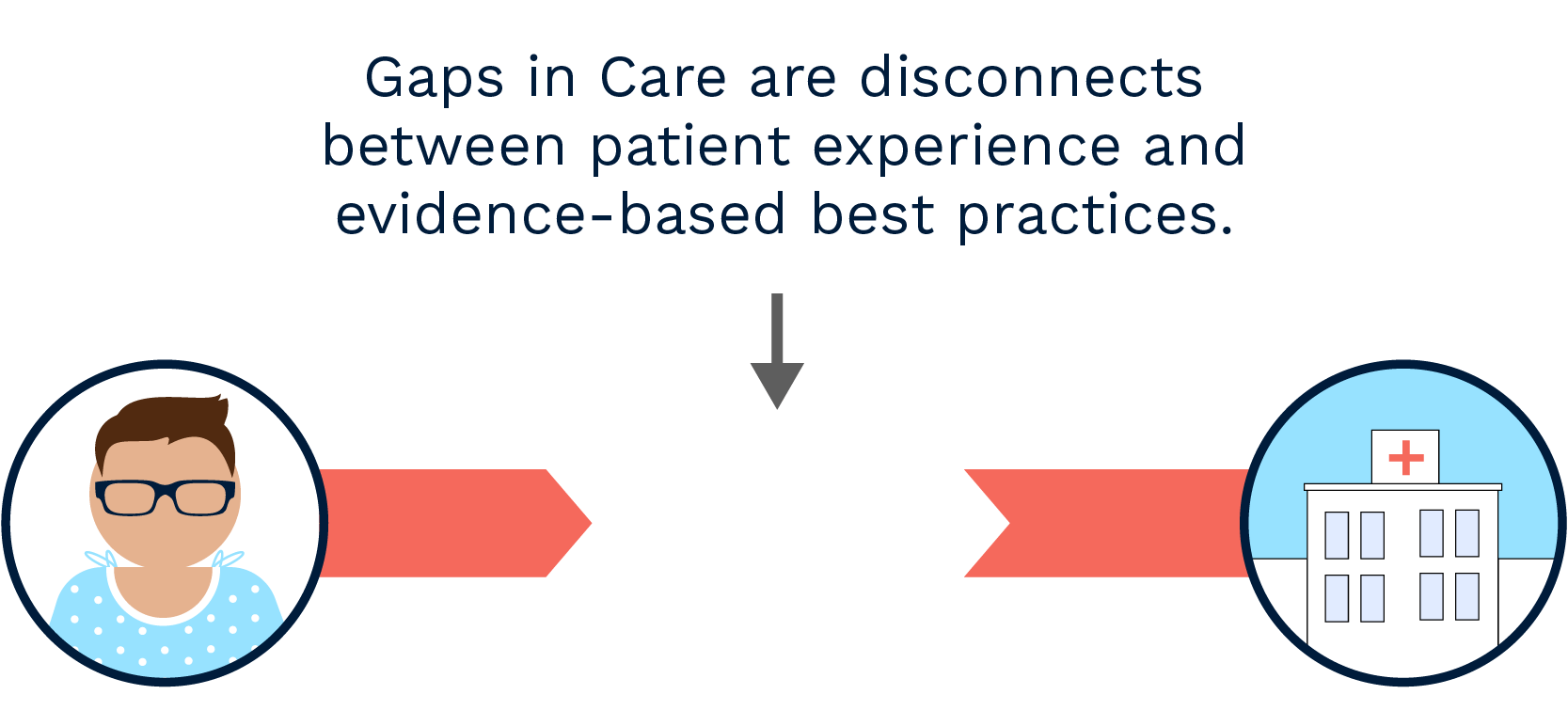
Most individual member clinical care management and broader population health management programs are challenged by the fact that, as our research has shown, GIC closure results in minimal net savings over a one-to-three-year horizon. Gap closure increases immediate medical costs and the benefits tend to be achieved over a longer period of measurement.
The challenge is to discover and predict those GIC that, if closed on an immediate basis, might yield significant short-term net financial savings. Investigating key comorbidities was important in the model design. The entire GIC analytic feature is a component of the proprietary Opportunity Framework that clients have deployed to integrate financial savings opportunities directly to specific clinical interventions.
“There is no question that closing GIC is clinically important,” said Robert Dwyer, PhD., Chief Data Scientist. “But identifying the financial impact—especially in the short-term—has been problematic. We discovered multiple confounding factors that may also affect financial metrics, thereby obscuring the effect of closing the GIC. We hypothesized that we could better identify immediate financial impact by focusing on clinical sub-populations. The key advance in developing the model was discovering the importance of sorting to those sub-populations that were ‘impactable.’ The Sub-Population Algorithm used causal modeling algorithms and machine learning to identify sub-populations where GIC closures could generate current-year savings.”
A key test case used one GIC—statin use in patients with diabetes. Clinical best practices indicate diabetics age 40 to 75 should be on statin medications to decrease the risk of cardiovascular disease, which has a higher prevalence among those with insulin resistance.
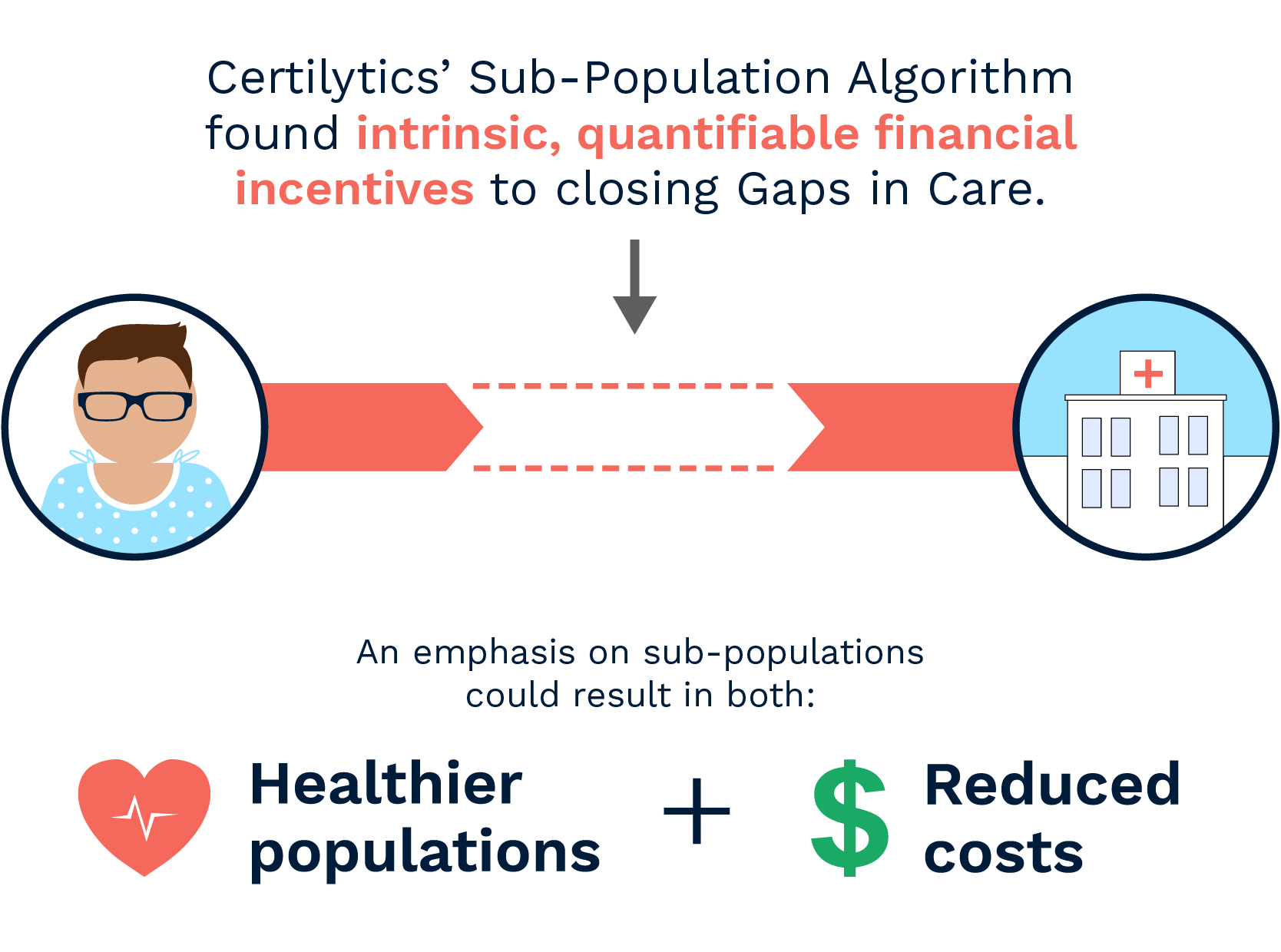
The Sub-Population Algorithm showed significant, positive net financial savings within a one-year time horizon for two sub-populations: patients taking (a) cholesterol-lowering medications and (b) blood clot prevention medications. Both sub-populations, therefore, comprise additional cardiovascular risk. For such patients, appropriate use of statins may be particularly important in decreasing the short-term probability of acute coronary events.
“Value-based care contracts tend to provide external financial incentives to improve quality,” added Dr. Dwyer. “With the Sub-Population Algorithm, we’re able to show that there are intrinsic financial incentives to improve quality and achieve real, in-year savings—timing relevant to plan renewal cycles.”
For more information about how Certilytics applies sophisticated machine learning to population health, contact us.




